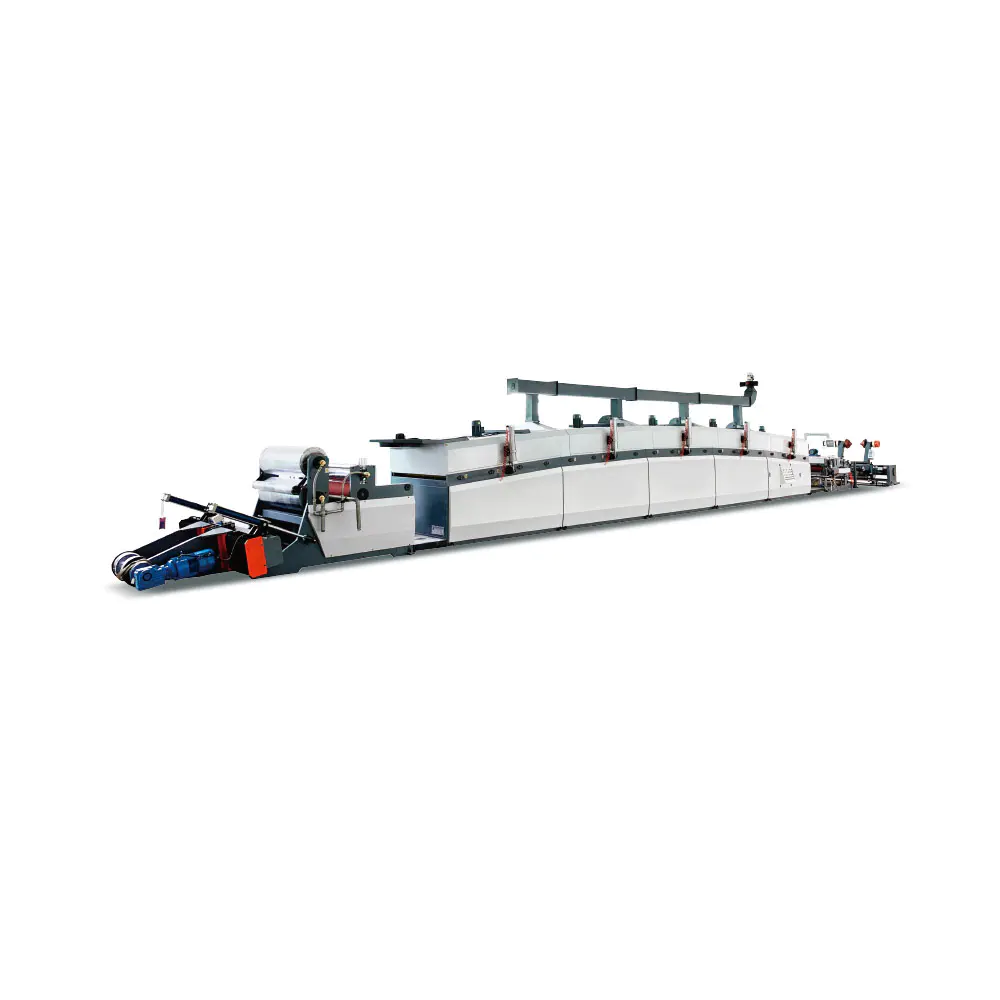- Home
- About Us
- Products
- Automatic Paper Embossing Machine
- Die Cutting Embossing Machine
- Foil Stamping Embossing Machine
- Screen Printing Machine
- Cardboard Laminating Machine
- Positioning Sheet Cutting Machine
- Hologram Laser Embossing Machine
- Screen Complete Printing Equipment
- H1000/H1500 Frame Making Machine
- 1100PM Plate Baking Machine
- EX1215/EX1518 Screen Exposure Machine
- MX1214/MX1518 Manual Screen Stretching Machine
- SFL-3F Compressed Air Dryer Machine
- EX1150 Vacuum Exposure Machine
- G1200 Manual Squeegee Grinding Machine
- E1300 Laser Engraving & Etching Machine
- UV3500R UV Dryer Machine
- Printing Material
- News Center
- Faq
- Contact Us
Web Menu
- Home
- About Us
- Products
- Automatic Paper Embossing Machine
- Die Cutting Embossing Machine
- Foil Stamping Embossing Machine
- Screen Printing Machine
- Cardboard Laminating Machine
- Positioning Sheet Cutting Machine
- Hologram Laser Embossing Machine
- Screen Complete Printing Equipment
- H1000/H1500 Frame Making Machine
- 1100PM Plate Baking Machine
- EX1215/EX1518 Screen Exposure Machine
- MX1214/MX1518 Manual Screen Stretching Machine
- SFL-3F Compressed Air Dryer Machine
- EX1150 Vacuum Exposure Machine
- G1200 Manual Squeegee Grinding Machine
- E1300 Laser Engraving & Etching Machine
- UV3500R UV Dryer Machine
- Printing Material
- News Center
- Faq
- Contact Us
Product Search
Exit Menu
How does the cardboard laminating machine ensure proper adhesion when laminating different types of facings?
Ensuring proper adhesion when laminating different types of facings involves several factors and mechanisms within a cardboard laminating machine. Here’s how these machines typically ensure effective adhesion:
Temperature Control
Precise Temperature Regulation: The machine controls the temperature of the laminating rollers and adhesive to match the requirements of different facings. Proper temperature ensures that the adhesive melts or activates correctly to bond with the cardboard.
Consistent Heat Distribution: Even heat distribution across the rollers helps achieve uniform adhesion.
Pressure Application
Adjustable Pressure Settings: The machine often has adjustable pressure settings to accommodate various thicknesses and types of facings. Proper pressure ensures that the adhesive spreads evenly and bonds well with the cardboard.
Uniform Pressure Distribution: The design of the rollers and pressing mechanisms ensures that pressure is applied evenly across the entire surface of the cardboard.
Adhesive Quality and Type
Compatible Adhesives: The machine uses adhesives that are specifically formulated for the types of facings being laminated. Different facings may require different adhesive properties (e.g., tackiness, curing time).
Consistent Adhesive Application: Automated systems ensure that the adhesive is applied uniformly across the cardboard surface, reducing the risk of defects.
Roller and Film Design
Specialized Rollers: The machine may be equipped with rollers designed for different facings, which help in achieving better adhesion. For example, rollers might have specific textures or coatings to handle various types of cardboard surfaces.
Film and Coating Compatibility: The laminating film or coating used is compatible with the type of cardboard being processed, ensuring a strong bond.

Surface Preparation
Pre-Treatment Options: Some machines include pre-treatment options to prepare the surface of the cardboard, such as cleaning or roughening, to enhance adhesion.
Surface Conditioning: Conditioning treatments can improve the adhesive’s ability to bond with different facings, especially those with non-porous or smooth surfaces.
Control Systems
Real-Time Monitoring: Advanced machines have sensors and control systems that monitor the laminating process in real-time. These systems adjust parameters like temperature, pressure, and speed to ensure optimal adhesion.
Automated Adjustments: The machine can automatically adjust settings based on the type of facing being processed to maintain consistent adhesion quality.
Quality Assurance Measures
Inspection and Testing: Some machines include inspection systems that check for defects such as bubbles, wrinkles, or inadequate bonding, allowing for adjustments during the process.
Trial Runs: Manufacturers often conduct trial runs with different facings to calibrate the machine and ensure proper adhesion before full-scale production.
By integrating these mechanisms, a cardboard laminating machine can effectively ensure proper adhesion when working with various types of facings, maintaining high-quality output and reducing the risk of defects.
of interest
Didn't Find A Product That Suits You?
Contact us for the latest news.
QUICK LINKS
PRODUCT CENTER
Contact Us
-

+86 13738772345
-

13738772345@163.com
-

+86-577-68100881
-

+86-577-68100882
-

No. 11 Haifeng Road, Longgang City, Wenzhou City, Zhejiang Province, China


 中文简体
中文简体 Español
Español












